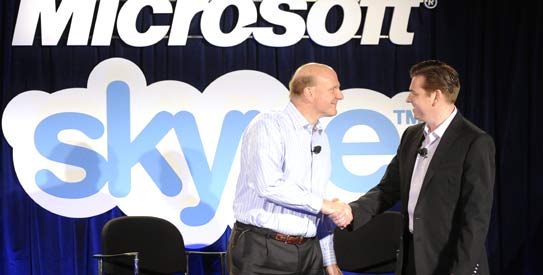Tim Horton’s, “the king of comfort food” recently added lasagna to their lunch menu. The popular fast-food restaurant did this in an attempt to differentiate from and overtake McDonald’s in the lunch market.
While I agree that consumers could go “eat pasta at major pizza chains like Pizza Hut and Fresh Slice,” I disagree with the implied message that lasagna will have little to no effect on customers (1). Instead Liming argues that competition will ultimately be decided by “taste preference, competitive prices and convenience” (1).
Tim Horton’s is synonymous with comfort food. And by adding lasagna to its menu, Tim Horton’s is augmenting its share of the comfort food market. Lasagna also gives faithful customers more choice which in the long run will prevent people from getting bored of their menu options and in turn, help them retain customers. Tim Horton’s brand identity is built upon quality, home-style food. Rather than going to pizza chains, customers will continue to eat at Tim Horton’s. For customers buy into the Tim Horton’s atmosphere where people sit-down to eat wholesome food. They do not need one product to distinguish them; the brand is strong enough to stand alone.
1. https://blogs.ubc.ca/liminghuang/2011/10/17/tim-hortons-lasagna/






